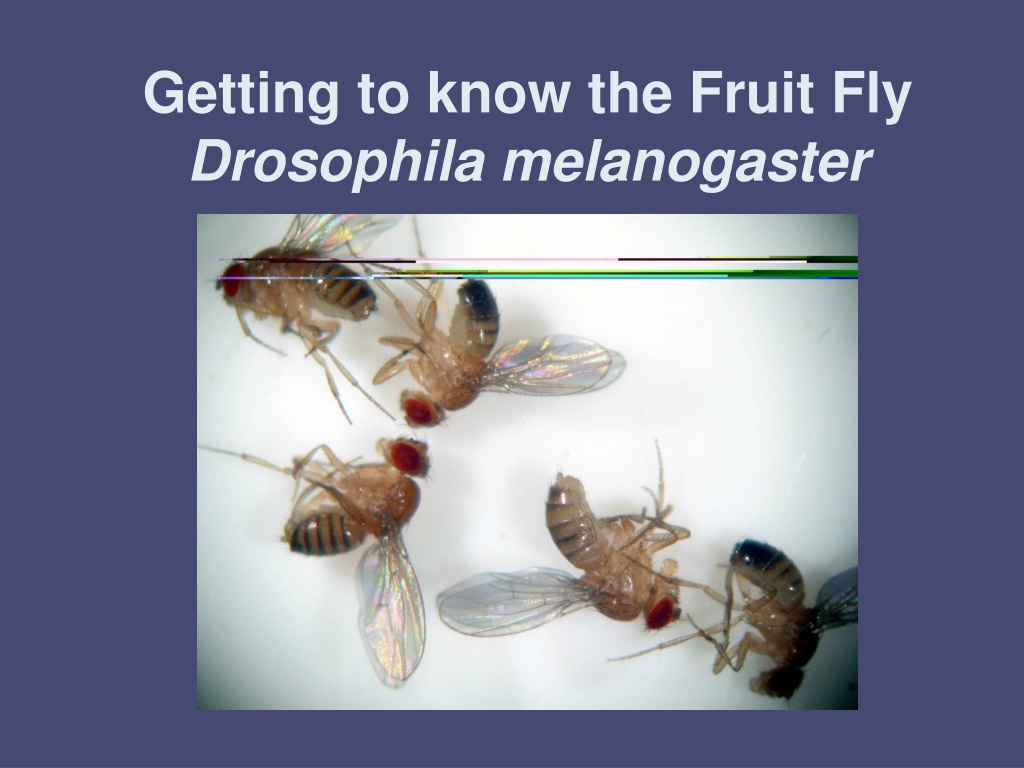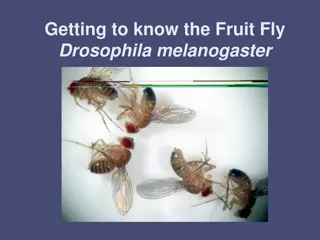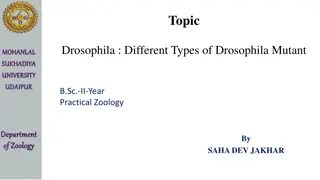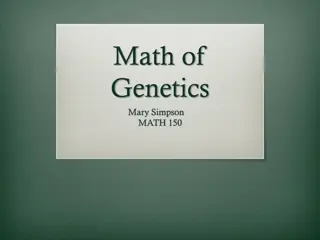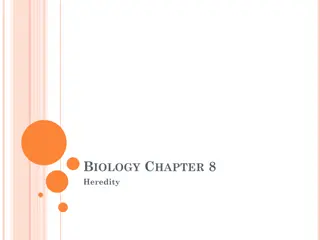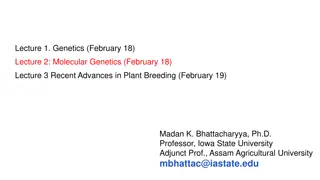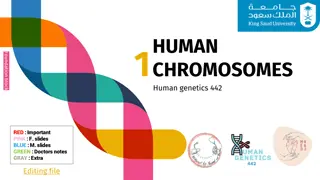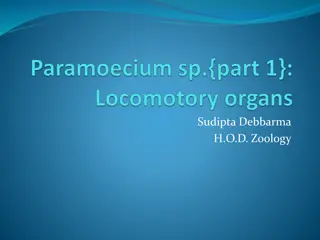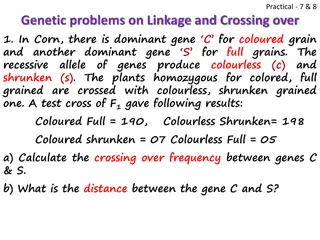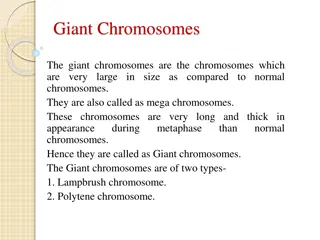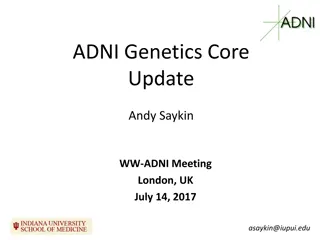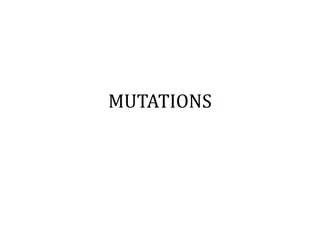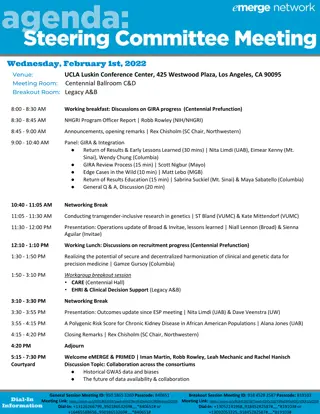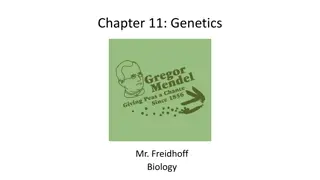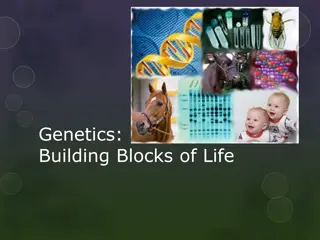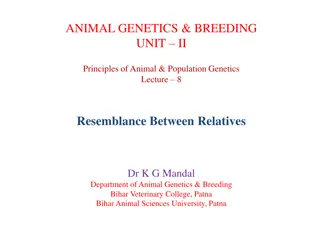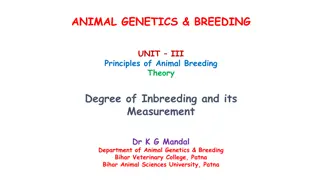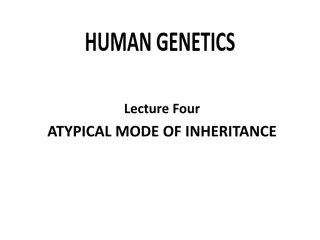Exploring Drosophila Melanogaster: A Model Organism for Genetics Research
Discover the stages of development in Drosophila Melanogaster, a prominent genetic model organism. Learn about its different life stages, egg-laying behavior, and how to identify males versus females based on various characteristics. Explore the intricate world of fruit fly genetics and research through engaging visuals and detailed descriptions.
Download Presentation

Please find below an Image/Link to download the presentation.
The content on the website is provided AS IS for your information and personal use only. It may not be sold, licensed, or shared on other websites without obtaining consent from the author. Download presentation by click this link. If you encounter any issues during the download, it is possible that the publisher has removed the file from their server.
E N D
Presentation Transcript
Getting to know the Fruit Fly Drosophila melanogaster
Drosophila Melanogaster, a popular genetic model organism ~ 50% of fly genes have vertebrate homologs Small and easy to grow in lab Short generation time Produce high amounts of offspring QuickTime and a decompressor are needed to see this picture.
Identify the different stages of Drosophila development
Identify the different stages of Drosophila development The embryo: Embryos are small, oval shaped, and have two filaments at one end. The larval stage: The larva look like worms. They use black mouth hooks to eat. Three larval stages. The pupal stage: A pupa undergoes four days of metamorphosis. They form a hard and dark pupal case. The adult stage: Adult flies have a head, thorax, abdomen, six legs, and two wings. They live a month or more and then die. A female does not mate for 10-12 hours after emerging from the pupa.
Larva to Pupa Stages Larvae are mobile Pupal stages With the onset of pupation the worm-like larva contracts and a parchment-like pupa case hardens around the metamorphosing fly.
Identify males versus females 1. Size of adult The female is larger than the male. 2. Shape of abdomen The female abdomen curves to a point; the male abdomen is round 3. Markings on the abdomen Alternating dark and light bands can be seen on the entire rear portion of the female; the last few segments of the male are fused. 4. Appearance of sex comb On males there is a tiny tuft of hairs on the front legs. 5. External genitalia on abdomen Located at the tip of the abdomen, the ovipositor of the female is pointed. The claspers of the male are darkly pigmented, arranged in circular form, and located just ventral to the tip. sex comb QuickTime and a decompressor are needed to see this picture.
Female Male
This is a *female* fruit fly Notice the tiger-striped abdomen and the simple tag-like tip on the abdomen.
This is a mature male fruit fly Mature males have a prominent black abdominal end. Males also have tiny sex combs on their front pair of legs.
One male and one female Find their distinguishing features.
Ventral view of a male and female Find their distinguishing features
Drosophila Use in Genetic Research Drosophila specimens are well suited to investigations into Mendelian patterns of inheritance Drosophila are small, produce large numbers of offspring, have many easily discernible mutations, have only four pairs of chromosomes, and complete their entire life cycle in approximately 12 days. Drosophila are relatively easy to maintain, as they are hardy and have simple food requirements. Chromosomes 1 (the X chromosome), 2, and 3 are very large, and the Y chromosome number 4 is extremely small. Thousands of genes reside on these four chromosomes, many of which are universal in nature, existing in most eukaryotic forms, including humans.
The Drosophila Genome 3 sets of autosomes 2 and 3 - large metacentric chromosome 4 - very small telocentric chromosome X/Y sex Chromosomes X is a large telocentric chromosome
Fruit Flies Have 4 Pair of Chromosomes
